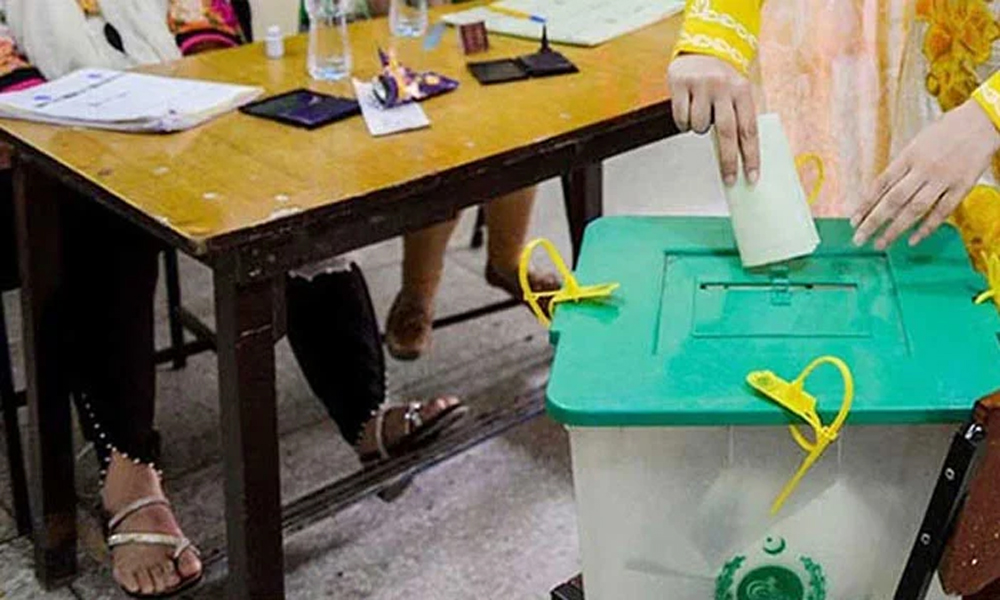
A customer at a GS25 store in Seoul checks out a lunch box meal in this September photo. Gimbap and other ready-to-eat meals are shown on the shelves behind. Courtesy of GS Retail Rising ingredient costs hit popular ready-to-eat meals By Ko Dong-hwan Convenience stores, once popular for affordable meal options amid rising restaurant meal prices, are now seeing reduced demand as ready-to-eat item prices climb due to increased costs, according to major convenience franchises on Monday.
The latest example of “lunchflation” — rising lunch prices — now affects convenience stores as ingredient and delivery costs climb. Major convenience store chains like BGF Retail and GS Retail, reliant on smaller suppliers, say price hikes are unavoidable to maintain their supply chains. CU, one of the largest convenience franchise brands which is operated by BGF Retail, has introduced a lunch box containing pork cutlet, priced at 6,900 won ($4.
97). The price is relatively high as most consumers expect to pay below 5,000 won for a meal at any convenience store. Emart24, another major brand run by retail giant Emart, unveiled a similar meal at the same price.
Many of the newly launched meals at CU, Emart24, GS25 and 7-Eleven are priced between 6,000 won and nearly 7,000 won. At GS25, five of its 16 ready-to-eat meals are priced at nearly 6,000 won. Other meals that customers choose have also experienced price hikes.
Gimbap (a rice roll filled with various ingredients) is now over 3,000 won at all four convenience store brands, with the highest price increasing by as much as 20 percent. Triangular gimbap, also known as samgak gimbap, which used to be sold for 1,500 won or less, has now risen to 1,700 won. The price hikes were an inevitable step to counter the rising prices of meat and other ingredients, according to the companies.
They also noted that hiring popular celebrities to promote their lunchbox products has created a minimum price range across the industry, enhancing the image of these items. “The rise of food ingredients’ prices is adding pressure to our suppliers and franchisees who cannot go on with the same consumer prices,” a franchise company official said. “So raising prices is our measure to support our partners.
” According to the producer price index released by the Bank of Korea in September, pork experienced the largest increase at 16.1 percent, followed by beef at 11.2 percent.
Overall, livestock prices rose by 8.2 percent, agricultural products by 5.7 percent, and fishery products by 5.
3 percent. Food prices in retail stores and restaurants nationwide are rising, including for traditionally affordable dine-in options like kimchi jjigae (hotpot) and jjajangmyeon (noodles in black bean sauce), according to the Korea Consumer Agency. Following kalguksu, or hot noodle soup, with its price no longer below 10,000 won, other beloved dishes are inching closer to the figure.
Out of the country’s 27 most popular food products, 14 have seen their prices go up by as much as 7.2 percent, the agency said..














